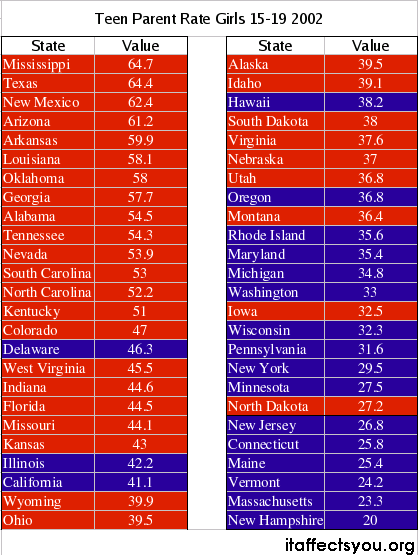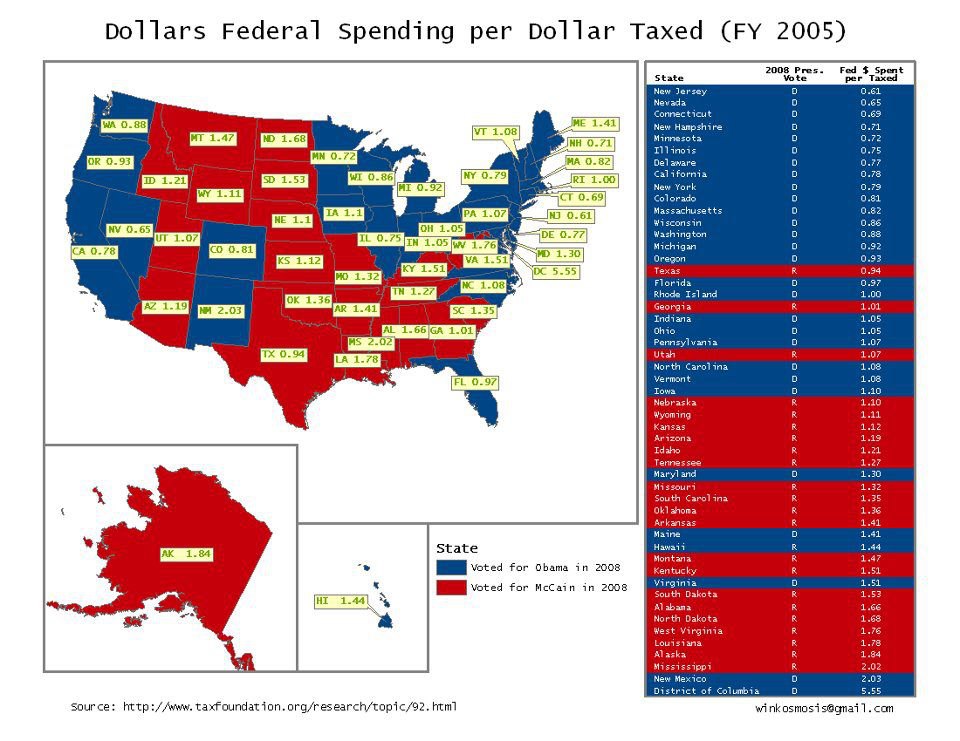- Sep 23, 2013
- 3,660
- 667
- 190
Top 10 Poorest States:
1. Mississippi - Republican
2. Arkansas - Republican
3. Tennessee - Republican
4. West Virginia - Republican/Democrat
5. Louisiana - Republican
6. Montana - Republican
7. South Carolina - Republican
8. Kentucky - Republican
9. Alabama - Republican
10. North Carolina - Republican
Very racist post. All of those States but Montana have huge black populations. Are you saying black folks are too dumb to make a decent living? What exactly is your point?
Maryland has a large african american population, it's not on that list. Same with Georgia, Florida, Delaware, Virginia, and New York.



